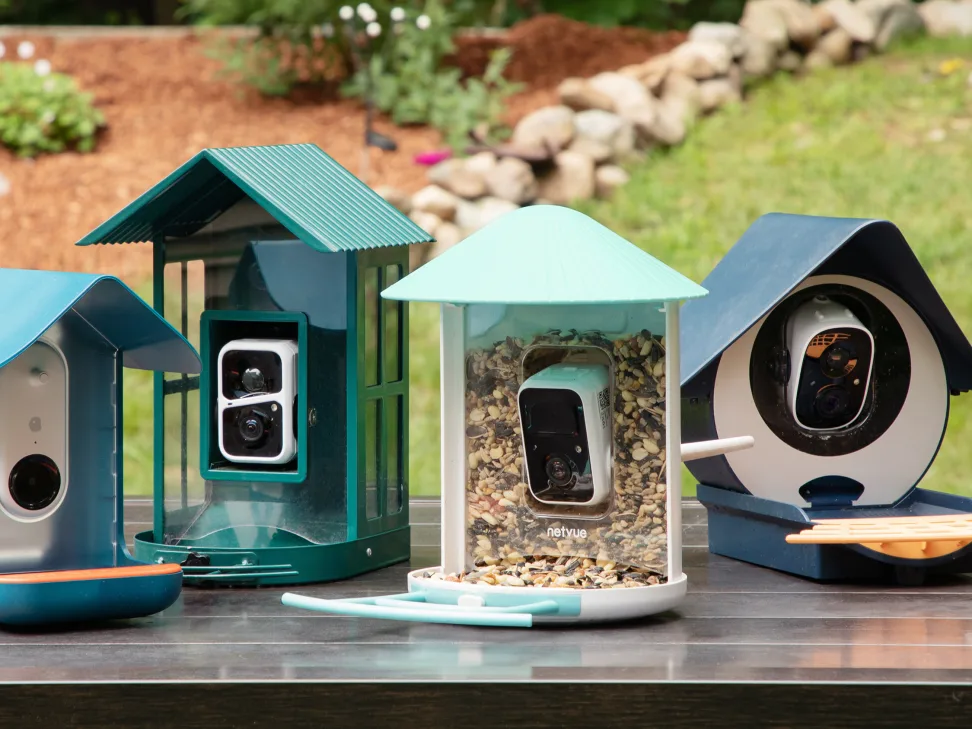It might seem like an endless task to keep up a lush, green lawn. The care, which includes frequent mowing, persistent weeds, and continual watering, can be time-consuming and frustrating for many homeowners.
Almost everyone who owns a lawn has this difficulty, but don’t give up just yet—there is always a solution! With a few professional tips, you can create an eye-catching, high-impact lawn without wearing yourself out.
Enjoy a lovely, low-maintenance yard instead of settling for ongoing grass battles.
Let’s explore five of the best professional techniques for building a low-maintenance, high-impact lawn that requires little work to maintain.
1. Choose the Right Grass Type
One of the most basic requirements for achieving an efficient, low-maintenance lawn is to select the correct type of grass variety for the climate, type of soil, and degree of maintenance you are willing to use to restore the lawn.
Each type of grass has its own level of resistance to drought, shade, or wear and tear.
- The cool-season grasses (such as Kentucky bluegrass and fescues) are comparatively invulnerable in the cool seasons, particularly in the fall and spring seasons, but are likely to turn golden brown in warmer months of the year if not watered properly.
- Warm-season grasses, such as Bermuda grass and zoysia, do well in warmer climates and are green in summer and brown in winter.
- Low-maintenance Options: For those not wishing to spend much time on their lawn, choose between buffalo grass or fine fescue as they are low on water and mowing requirements.
Consult with a local expert lawn care company or a specialist who can guide you on the correct species of grass for your climate and your soil type.
2. Soil Preparation and Testing
Lawn care is much simpler if the health of the soil base is maintained and cared for well. Take time to learn and work on the quality of the soil before planting or reseeding your lawn.
By analyzing the pH and nutrient contents of your soil, you can gain a good idea of what may be missing from it.
- pH Levels: Most grasses have been known to grow best in soils that have an alkalinity of between 6 and 7. To make acidic soil less acidic, you can apply lime, while to make alkaline soil less alkaline, you can use sulfur.
- Nutrient Amendments: Grass requires essential nutrients such as nitrogen, phosphor, and potassium. A soil test will help to tell you what is specifically needed in the soil to support the strong growth of the grass and avoid having to supplement it with lots of fertilizer at a later date.
Soil aeration is done at the time of preparing the lawn for planting or once a year in already developed lawns because this will allow the nutrients, water and oxygen to reach the roots, hence making the lawn less in need of consistent attention.
3. Opt for Smart Irrigation Solutions
Irrigation is an essential part of lawn management since it is believed that a well-watered lawn is a healthy lawn; however, with ordinary irrigation systems, you may find your lawn soaked in some areas and dry in others, or evaporation loss occurs.
Innovative irrigation systems can help address this problem since they make sure that the plants receive adequate water without wasting this resource.
- Smart Sprinkler Systems: Some systems can be built for watering at certain times of the day, and others can even detect weather conditions in certain areas and stop watering before rain or during rain.
- Drip Irrigation: For landscaping around shrubs and trees, a drip system irrigates the plants in a slow and focused way at the root, which is effective yet wastes less water through evaporation.
4. Practice Mowing High and Often
It may come as a surprise to some, but just modifying your mowing activities can significantly impact the health and upkeep of your lawn. One thing that professional landscapers and gardeners understand is that you need to mow high and frequently for your lawn to be healthy.
- Mow High: Mowing your lawn slightly higher than other ones, with heights of 2.5-4 inches, helps in the deep development of roots, which makes your lawn more resistant to dry periods, as well as offering fewer opportunities for weeds to grow. Taller grass reduces the exposure of soil to sunlight, reduces the chances of water evaporation, and prevents the germination of weeds.
- Frequent Mowing: Do not mow more than a third of the grass blade at a time. This reduces pressure on the lawn; hence, it remains healthy and robust enough to face any pressure.
Purchasing a good brand mower with height adjustment ability enables the right mower deck height to be set, thus needing less additional treatment on the lawn to develop healthy and more vigorous grass.
5. Fertilize Wisely
Overfertilizing can result in faster growth, more frequent mowing, and possible environmental damage from runoff, even though fertilizer is necessary for a healthy lawn. A methodical approach to fertilizer encourages consistent development with little upkeep.
- Employ Slow-release Fertilizers: These fertilizers gradually replenish your lawn’s nutrients without encouraging overgrowth. Fewer applications are needed with this method, usually simply once in the spring and once in the fall.
- Organic Fertilizers: Organic fertilizers are more environmentally friendly, improving soil health and fostering beneficial organisms that promote the long-term health of lawns.
A balanced and sustainable lawn may be achieved by applying fertilizer sparingly and in accordance with the findings of your soil test. This will lessen the need for excessive maintenance.
Bottomline
Developing a low-maintenance, high-impact lawn requires more knowledge of your grass’s requirements and clever tactics than it does labor.
Low-maintenance lawns are an eco-friendly option since they eliminate the need for chemicals and save water and time.
With these professional tips at your disposal, you can design a lawn that is both beautiful and low maintenance.

